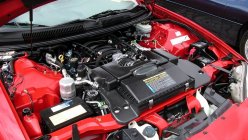The traditional ways of fixing our beloved four-wheel vehicles are slowly coming to an end. This event can actually stir contrasting opinions since not everyone likes new and high-tech methods.
While we simply can’t deny that most of the time, high-tech makes tasks more convenient. Luckily, small-time mechanics and shop owners definitely won’t have to worry. There will surely be a place for them, even in the age of techy automotive repair. After all, the terms “high-tech” and “convenient” are often associated with an expensive price tag.

While we simply can’t deny that most of the time, high-tech makes tasks more convenient
But in an imminent age where grease is out and geek repair is in, who wouldn’t get excited? Most automotive repairs today require less manual tinkering. In most cases where professionals are involved, all they need to diagnose your ill car is a handheld gadget.
These professional service providers also need to stay updated on the tools they use. This is because a lot of their tools utilize some kind of program and code-reading software. These shops also need to stay certified, which will cost the owners a lot.
With that fact in mind, you can pretty much imagine the cost being passed on to customers. But aside from that, what else is there for clients like you? What should you look forward to? What else is there to keep in mind? Find out all you need to know in this article from Philkotse.com:
1. Inexpensive DIY car-puters
A new favorite when it comes to car DIY projects is the Raspberry Pi. It is a tiny computer that was originally designed to teach young children how to do programming. The pros of the Raspberry Pi is that it’s versatile and is reasonably-priced. The con part is that it has to be programmed.
Now, if you know to program, this wouldn’t be much of an issue for you. But if not, then you may have second thoughts about getting this for your ride. But if you’re creative and determined, we’re sure you’ll manage to think of more than one way to use this in your car. You can perform statistics and even track diagnostic data.
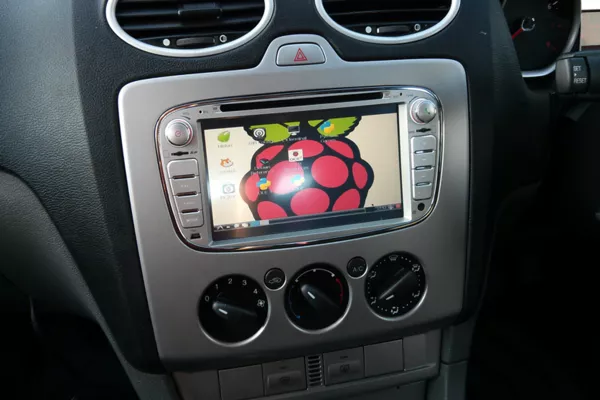
A new favorite when it comes to car DIY projects is the Raspberry Pi
Using a computer in your car isn’t an “all-new” idea as most marketing styles depict it. People used to do it already before the concept of autonomous cars (self-driving vehicles) came out to the public.
But if you already knew that, we’re sure you’ll be more impressed with the other auto repair techs that we prepared for you. However, customizing power and small size is definitely a good addition to any vehicle.
>>> Check out: See what happens to the automotive industry after AI.
2. Automobile Body and Design
Some of the new techs involved in the latest cars are the tech used in their construction. This means that auto repair shops will also be obliged to adjust their approach to the client’s problems.

Some of the new techs involved in the latest cars are the tech used in their construction
The main concern we have here is the increased use of aluminum in the body design. Aluminum body panels used to be reserved for the “high-end” vehicles and high-performance cars. But it looks like that will no longer be the case. In fact, one of the biggest automakers, Ford, just announced that they would be building aluminum-bodied vehicles.
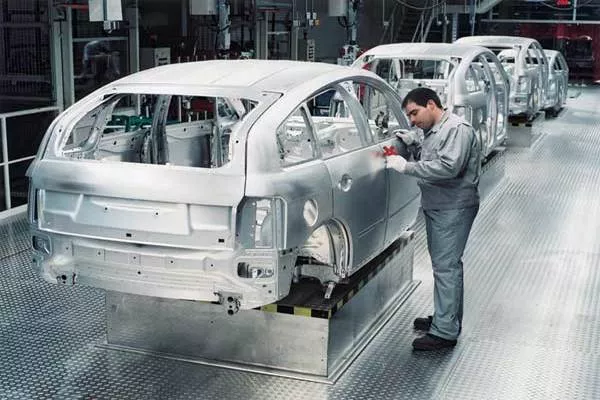
Aluminum body panels used to be reserved for the “high-end” vehicles and high-performance cars
The reason for this is that aluminum is lightweight yet durable. The problem is that most of the current technicians around are used to the steel body design. On top of that, aluminum vehicles also require different techniques and handling procedures.
A dented aluminum panel won’t be as easy to reshape like a steel body panel. This would automatically need to be replaced. To do that, your specialist will need welding equipment and specific riveting tools. This would obviously increase the cost of the repair.
Apart from the labor cost, you would also have to pay for the replacement panel. But there are a few pros to this. Since aluminum vehicles are built to be stronger, they are also expected to last longer. The existence of sensors, lasers and cameras will also help the driver to stay safe on the road.
>>> Read more: 5 things you need to understand when choosing right car body kits.
3. Wireless Data and Transmission
We’re sure you also noticed how today’s vehicles are more often equipped with WiFi hotspots. Well, aside from social media, the automakers have actually found more practical ways for you to use it. Software updates via WiFI can improve fuel mileage, correct running problems and solve other safety-concerned issues. Some dealerships also do you the favor of updating vehicle software when you visit for maintenance service.
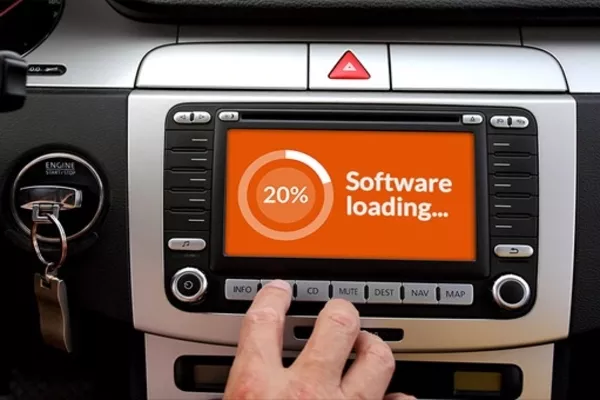
Software updates via WiFI can improve fuel mileage, correct running problems and solve other safety-concerned issues
These updates prove vital even to the prevention of accidents like in the Anti-lock Braking System issue last 2014. It was when Toyota had problems with the anti-lock brakes on some of their units, so they issued a recall.
This also has its own cons, however. For starters, anything wireless can be hacked by anyone skillful enough.
4. Augmented Reality
A lot of the new cars today feature very complicated components. We’re mostly referring to the hybrid drivetrains and computerized parts that control practically everything in the car. As of now, the use of these high-tech and expensive parts are already changing the way vehicles are repaired.
What if auto technicians of the future will then need to wear Google Glass headsets to repair the vehicle? This will also need to be paired with an app or a program to help the technician do his job.
But guess what! Volkswagen has already applied technology and was the first one to do it. They introduced this interface called MARTA for their VW XL1. MARTA stands for Mobile Augmented Reality Technical Assistance. This featured a beautiful diesel-hybrid drivetrain. The interface saves the technicians from having to study the vehicle.
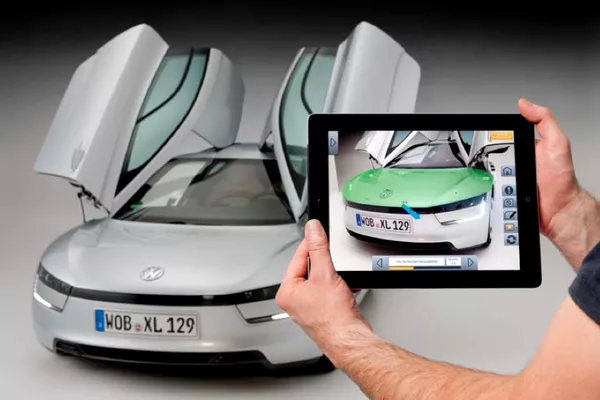
Volkswagen introduced the interface called MARTA for their VW XL1
Volkswagen also has high hopes for its contribution to the automobile industry. They hope that MARTA will even help to make the job easier and safer for workers. As for the future, researchers have a little guess as to what we can expect. Someday, these augmented reality applications will be written and supplied to customers. This will make emergency repairs manageable, even for those who aren’t tech-savvy.
5. 3D Printing
The potential of 3D printing hasn’t been completely unlocked. This is mainly used to recreate existing objects. One of the best ways that this will be useful is for repairing older cars. The replacement parts for these vehicles are usually no longer available in the market.
Recent posts
- 5 essential tips for choosing the right Auto Repair Shop Aug 16, 2022
- 8 essential tips for starting auto repair business in the Philippines Aug 04, 2020
- 5 Must-know thing about DIY Auto Repair Dec 25, 2018
- [DIY Auto Repair] 10 most common car problems & How to repair a car yourself [Part 2] Nov 02, 2017
- [DIY Auto Repair] 10 most common car problems & How to repair a car yourself [Part 1] Nov 02, 2017


